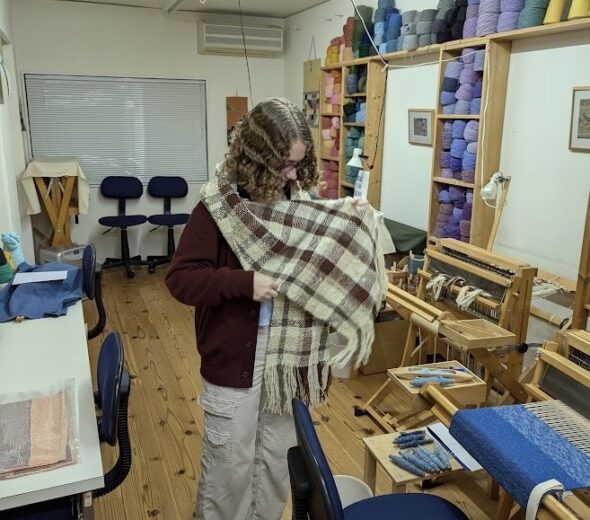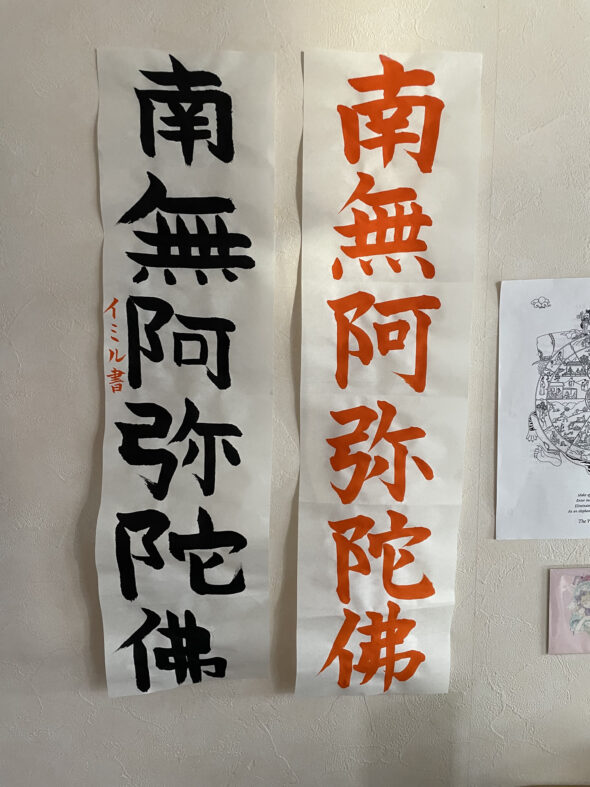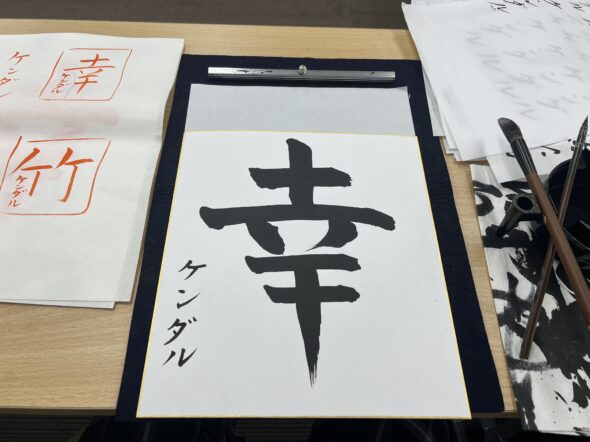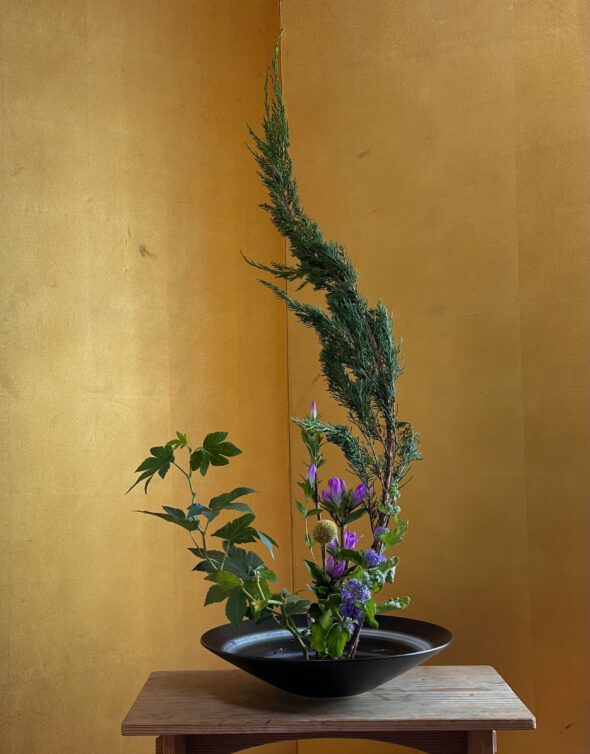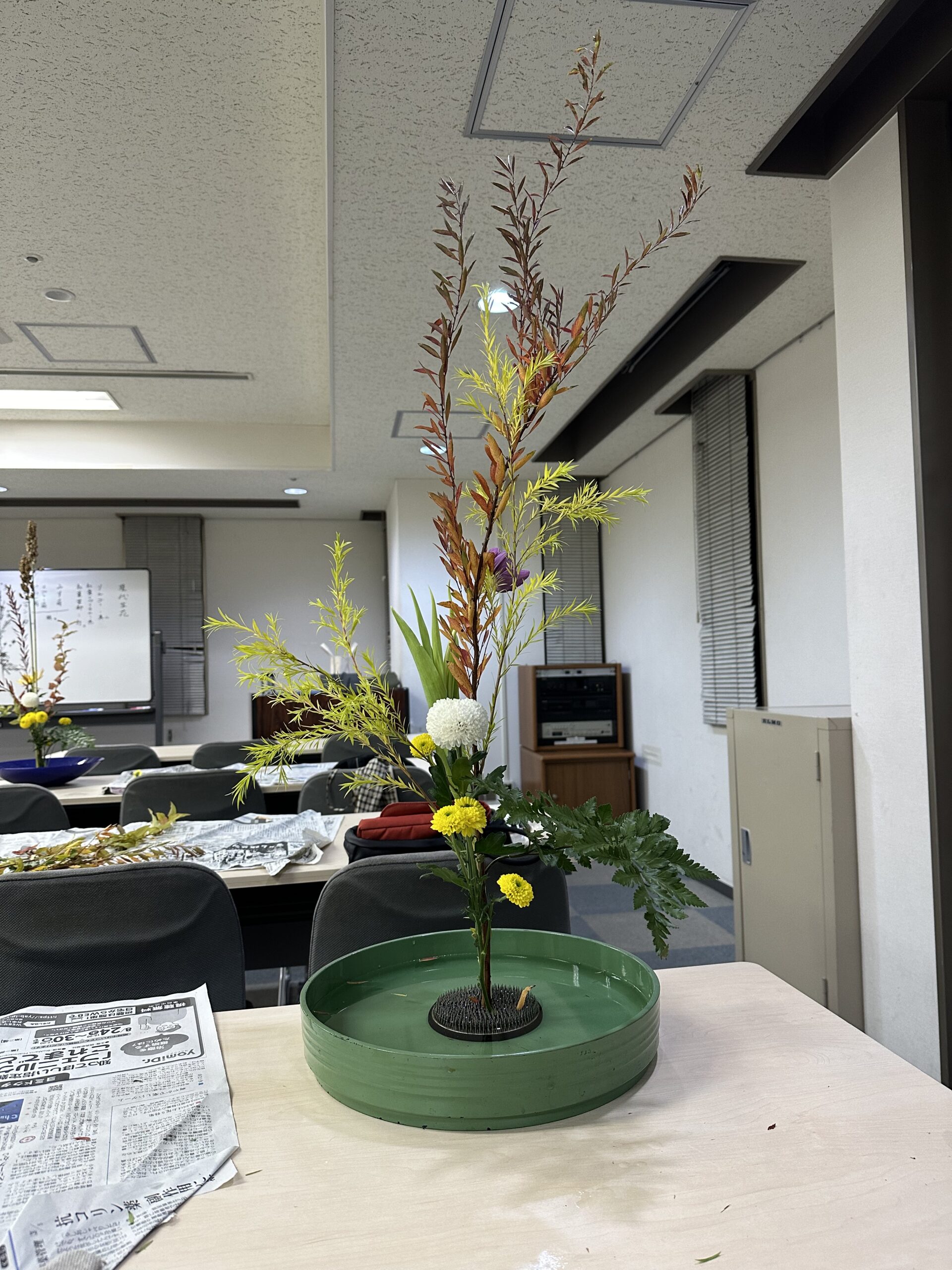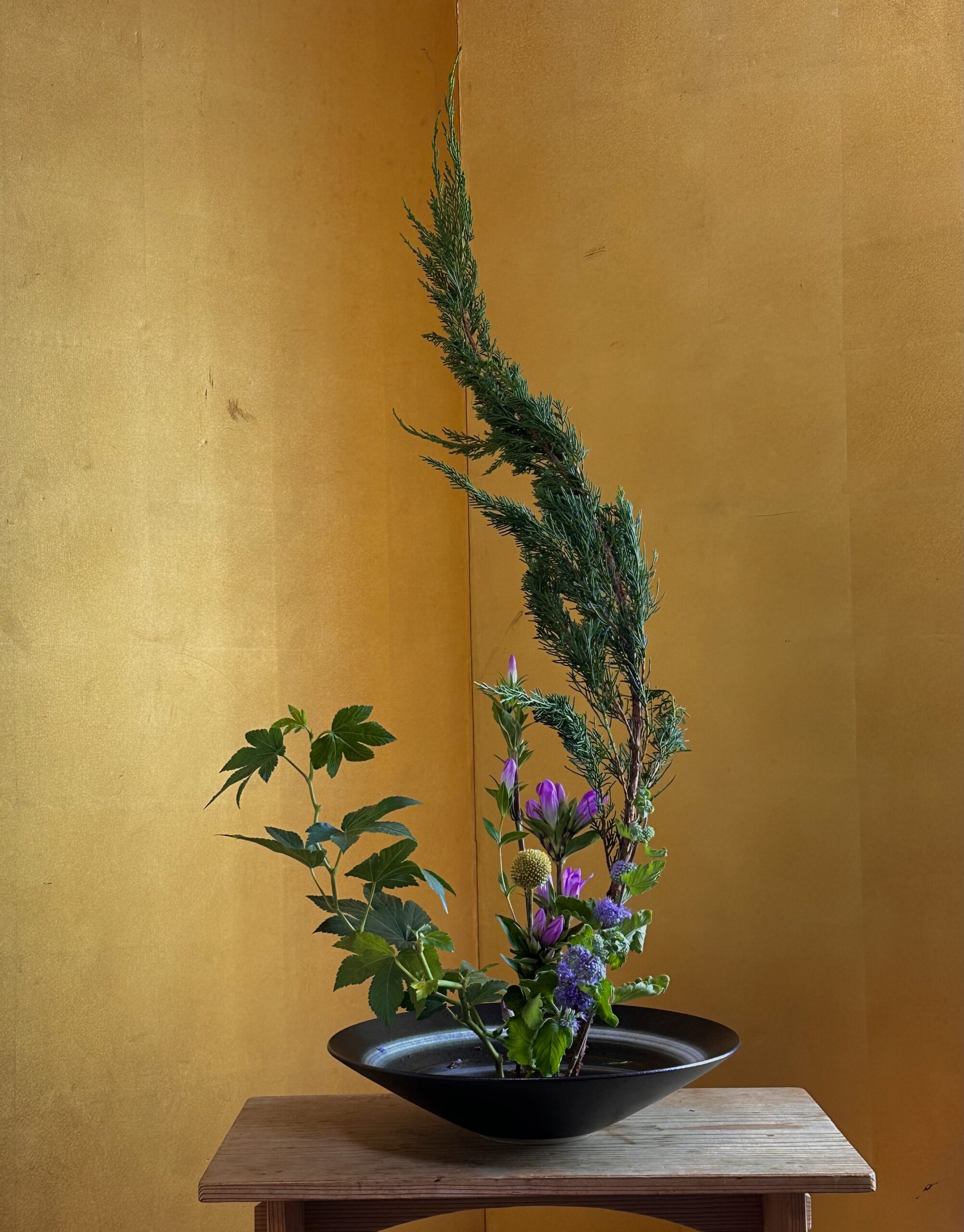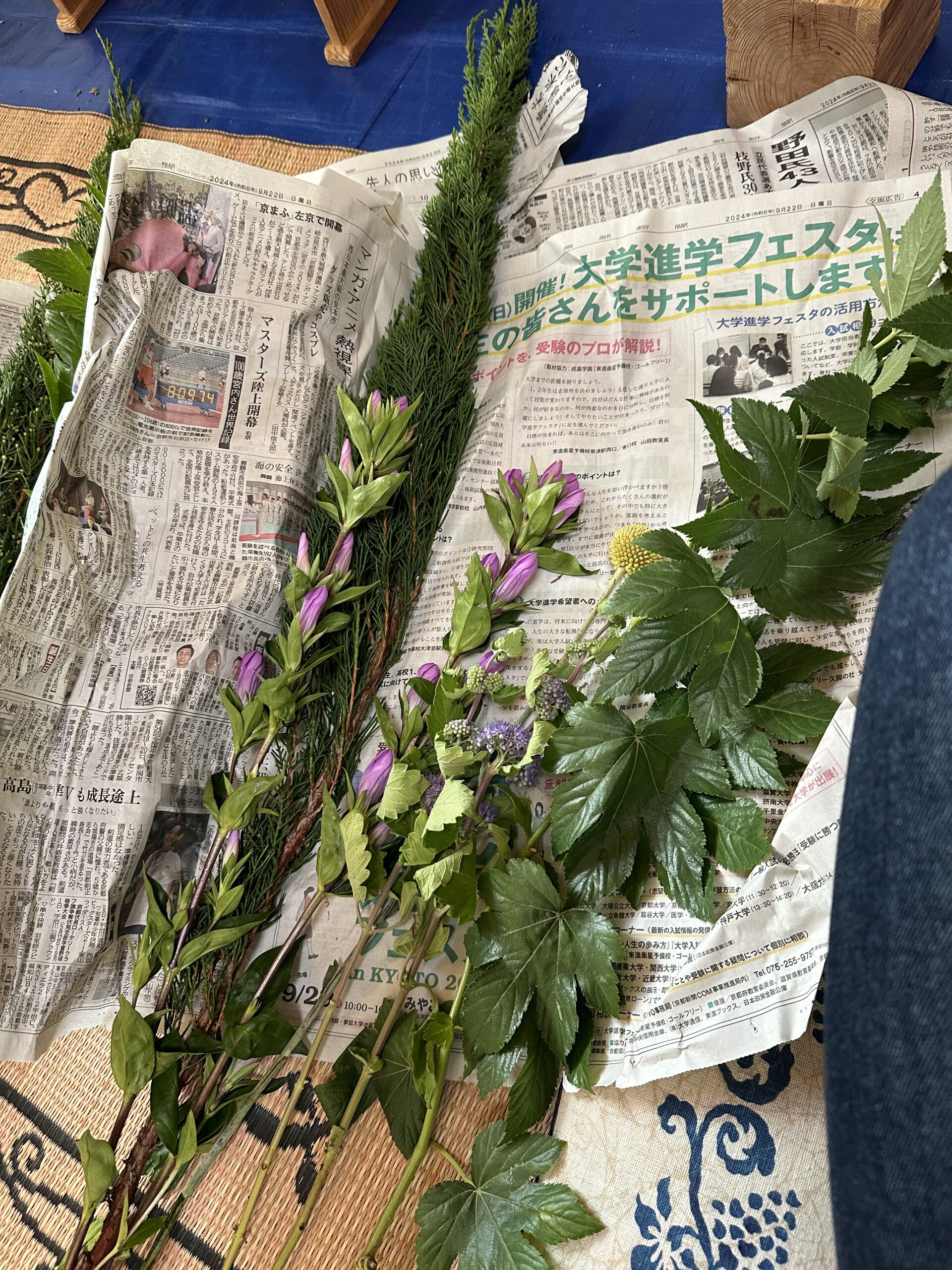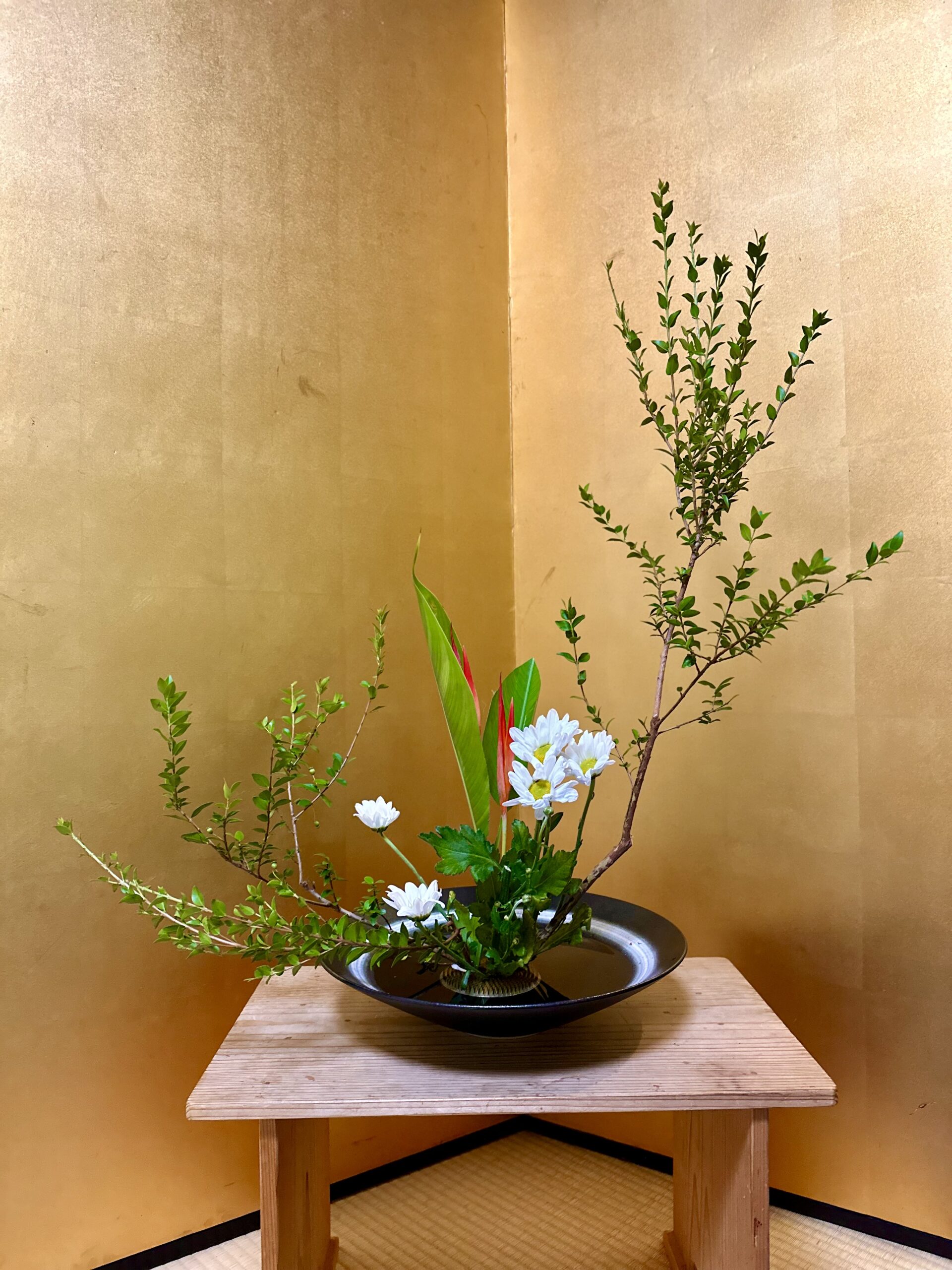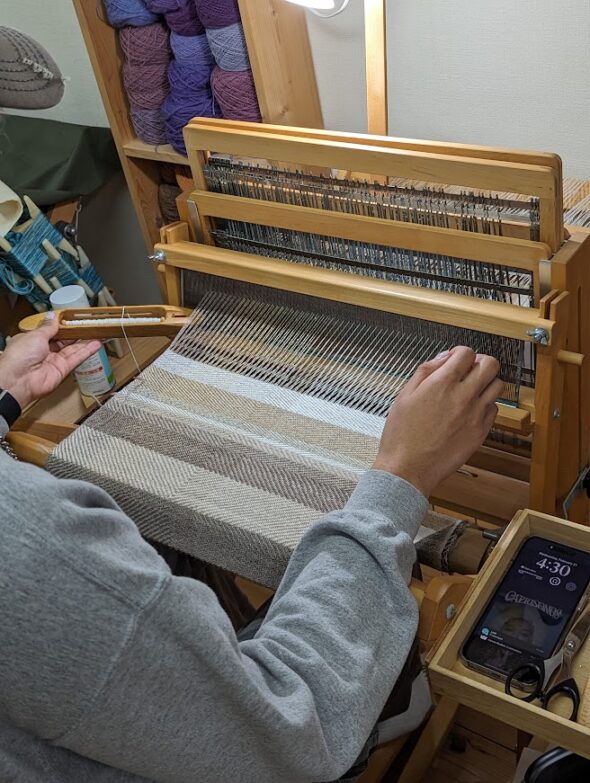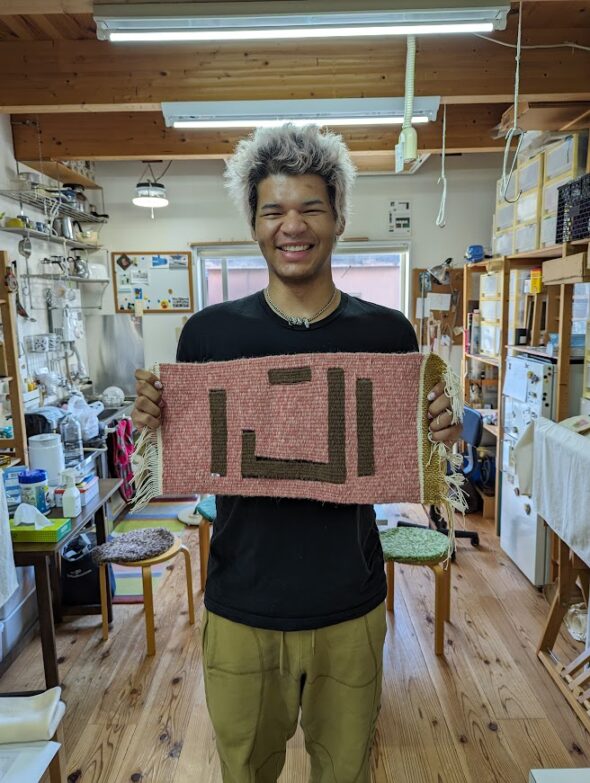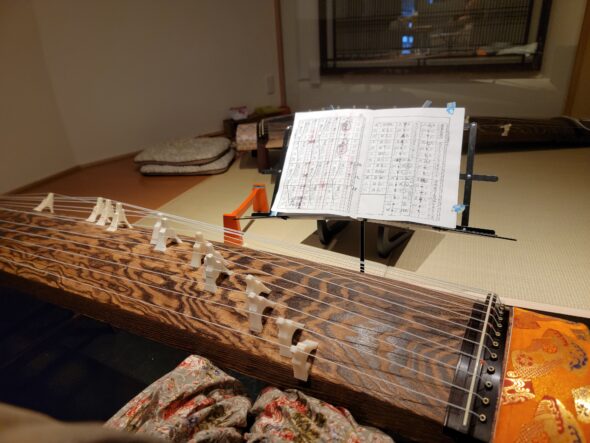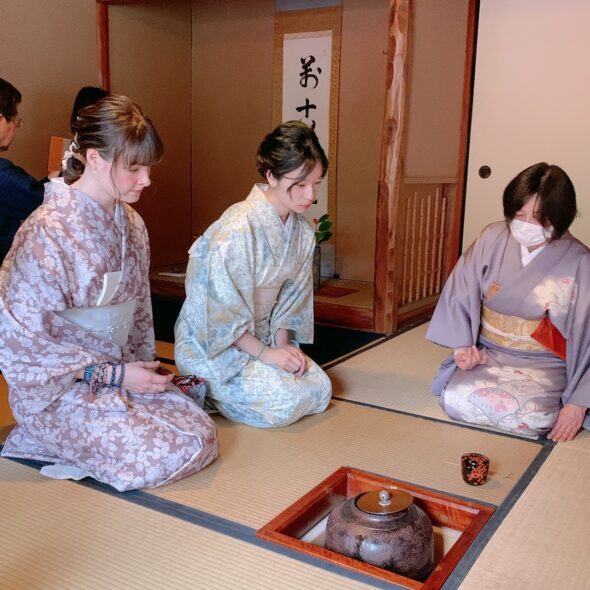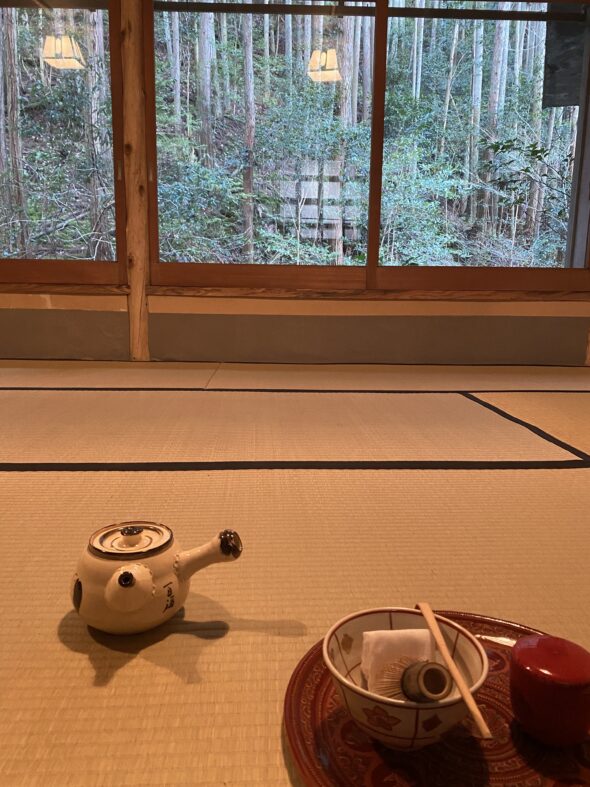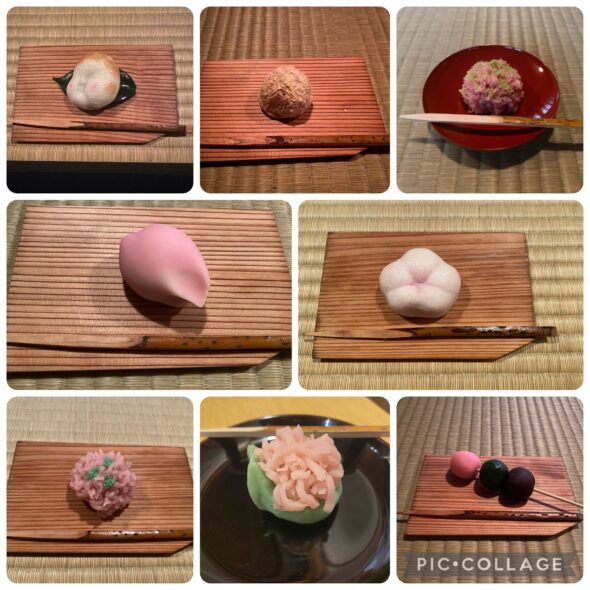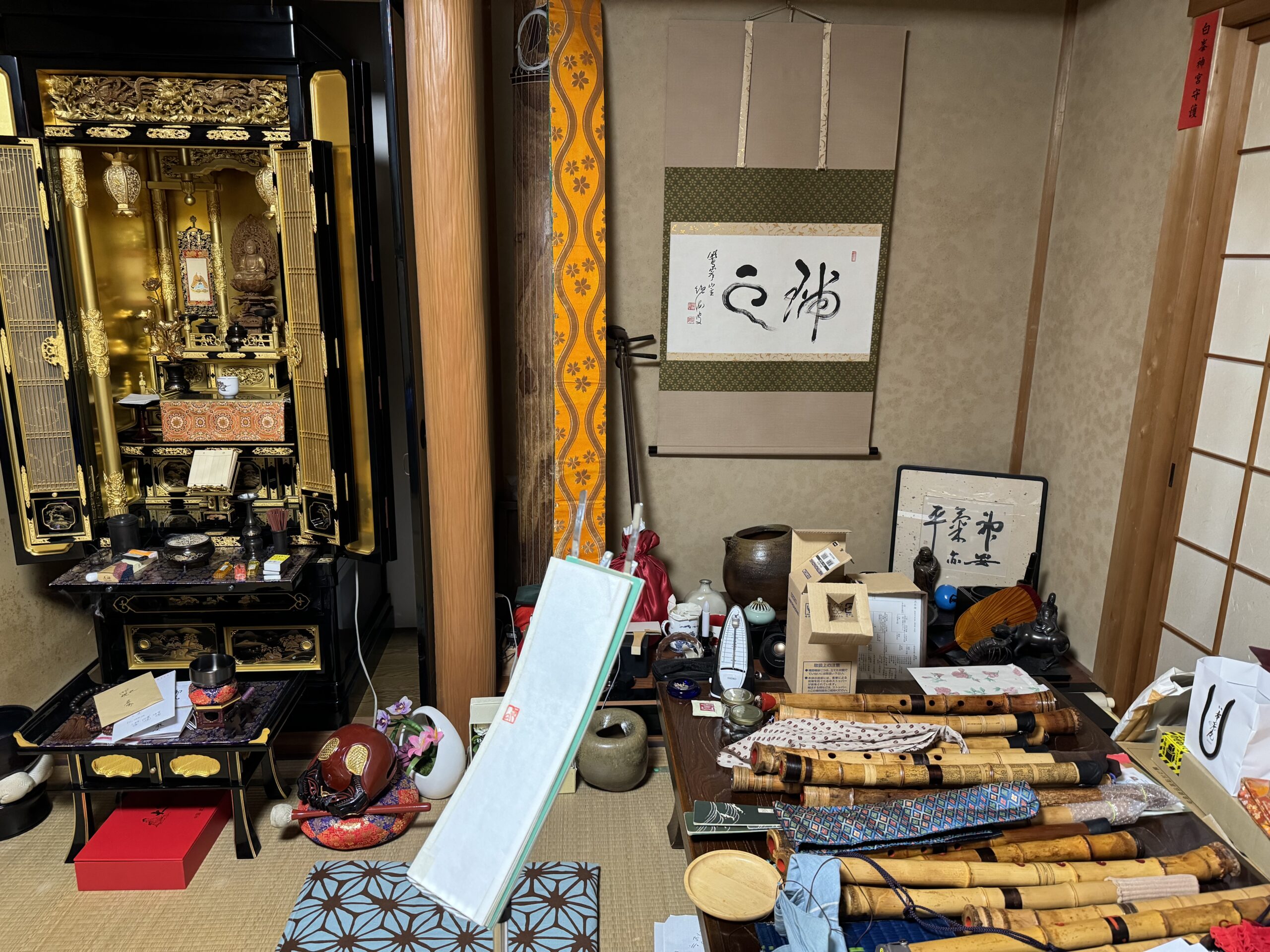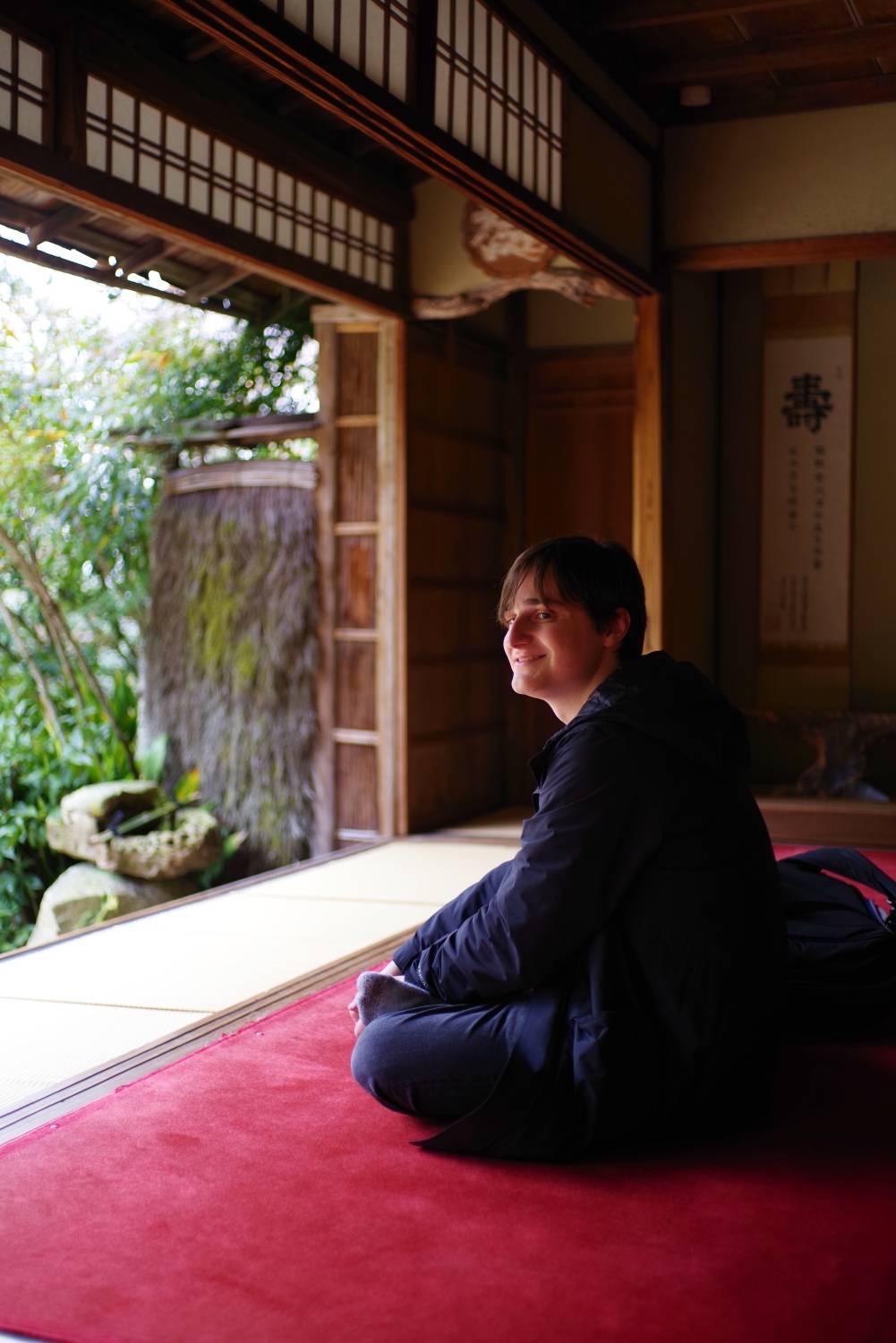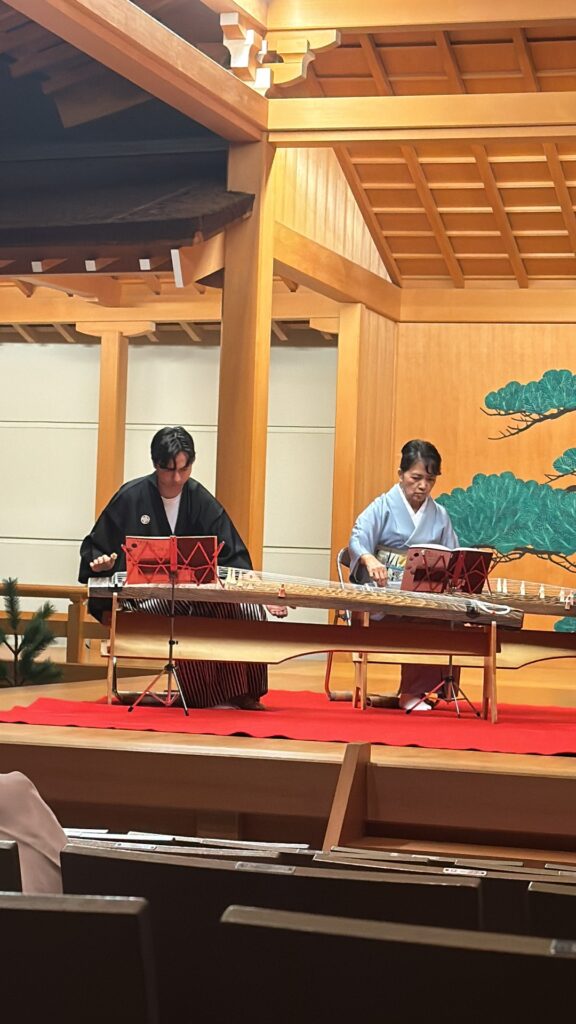
For my CIP, I learned the koto, a traditional Japanese 13-stringed instrument, through taking lessons with my teacher Iwasaki sensei. Because I had experience with musical instruments before, I thought it would be a great opportunity for me to learn a traditional Japanese instrument and see how the experience compared to the previous instruments I learned. My CIP experience was very worthwhile, especially due to the friendly and welcoming environment Iwasaki sensei created for me during our practices. Unlike strict one-on-one sessions where you might be afraid to make a mistake, Iwasaki sensei allowed me to play from almost the very beginning with the rest of her students in her workshop, making me truly feel like part of the group. The atmosphere was always very lively and positive, and I had a lot of fun talking and getting to know the rest of her students, which were mostly elderly people who have been playing their respective instruments for a while. I was also able to perform the piece that I had been practicing since the beginning of the CIP which was an unforgettable experience and something I couldn’t even imagine doing before the start of the program. I am so grateful for Iwasaki sensei and all of her kind students who helped me along the way, and the opportunity to show what I learned over the past 2 months in a concert setting. No matter your music ability, learning a traditional Japanese instrument is a completely different experience all together, but I would advise incoming students not to worry at all as you are in the best of hands, and by the end of the program you will definitely feel like part of Iwasaki sensei’s big family of musicians in her studio.

